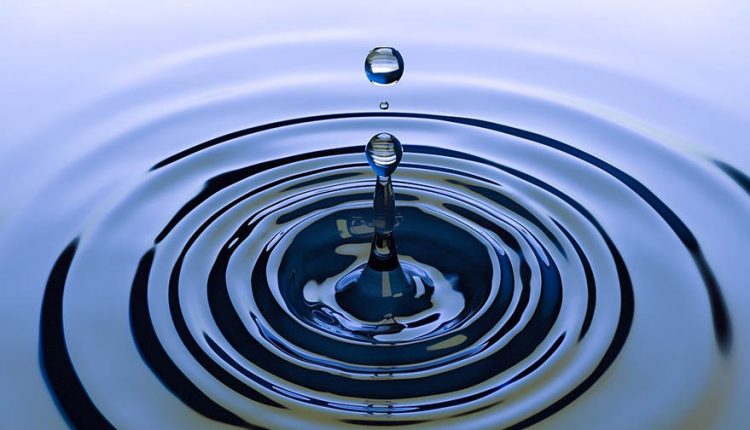IoT solutions are found in every single industry. Homeowners, for example, can use a range of internet-connected devices to help them monitor their home, to have updates on gas or electricity usage, and plan accordingly. Water companies are catching up, with many now putting smart meters into customer homes, to help them better monitor their water usage.
But could these utility companies do more? In short, yes, they could, and they should. The technology exists, it just needs to be implemented into their systems. The technology to track leaks, identify pollutants, and monitor water treatment processes is available across many applications. However, many companies are slow to adopt this new innovative technology.
In their new report ‘Sensors in the Water and Wastewater Treatment Industries 2020-2030’, IDTechEx aims to give users a deep understanding of the market, where the sensors can be used, and a holistic overview of how sensors can be implemented in water and wastewater markets.
It is possible with technology to better predict how people use water and monitor its quality. This technology currently exists. For example, manufacturing industries such as semi-conductor manufacturing monitor water for trace metals. The same sensors can be in a water network pipe. Furthermore, these methods of sensor detection have been shown to work.
Companies such as Suez have implemented smart water meters to track user’s water consumption in some locations in France, providing them with a better understanding of how the users consume water, and more importantly, when. IDTechEx research predicts that in the water pipe network alone, the industry of sensors will grow to over $3.5bn by 2030. This area is a growing industry, and it is at the forefront of the Smart Cities and IoT technology areas.
What Are the Benefits of Sensors in Pipes?
Data brings understanding and understanding brings better management of a system. Collecting data on the flow in water pipes allows companies to quickly identify regions where there is an increase in demand, and as a result, lower pressure in the pipes.
Utility companies can correlate their use age data with current events. They can then answer questions such as: On average, how much water is used per day in a heatwave? Who uses the most water? What times of the day is the network strained?
Which Sensors Can Be in Water Network Pipes?
There are many different properties and measurements recorded in a water supply or a wastewater network, including the following:
- Pressure Measurements (static, stagnation, head)
- Flow levels (depth, pressure, velocity)
- Flow meters (velocity)
- Acoustic emission (leakage)
- Temperature measurements
- Chemical measurements (Ph, trace metals)
IDTechEx research has covered and analyzed all these different types of measurement sensors in the report ‘Sensors in the Water and Wastewater Treatment Industries 2020-2030’.
When Will it Happen?
The need is, therefore, creating a smart water network, but it will only happen with investment. IDTechEx Research predicts there will be a change in regulation in 5-10 years. This change will push for smarter sensor-based networks. Moreover, the benefits of these systems will pay off any investment, providing a more efficient, safe, and monitored network.
What About COVID-19?
As an emerging technology, digitizing and adding sensors to the water and wastewater networks may have both benefits and hindrances. Hindrance, as companies may not wish to spend large sums on new sensors, pipes, or technology, and the barriers for entry into the water and wastewater networks are already high.
The benefit of adopting sensors into the networks outweigh these barriers. There is a real need for remote monitoring. Monitoring removes the need for maintenance staff to check pipes as regularly, or to collect samples for lab monitoring. It speeds up the identification of pollution events reduces fines incurred by the water companies. It improves the efficiency of the treatment plants. It provides a better service for customers. A steep investment, but the dividends pay off for many years to come.
This report ‘Sensors in the Water and Wastewater Treatment Industries 2020-2030’ includes market forecasts, player profiles, investments, and comprehensive company lists. This report is an essential read for those looking for a deep understanding of the use of sensors in the water and wastewater industries.

